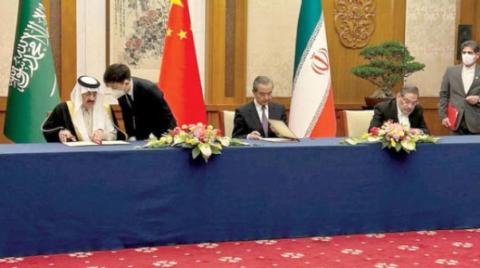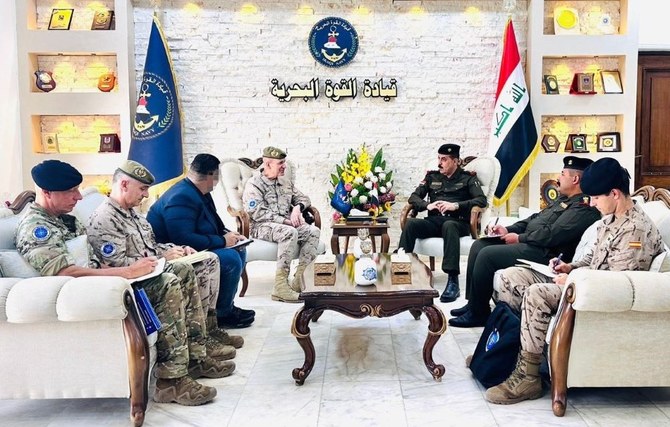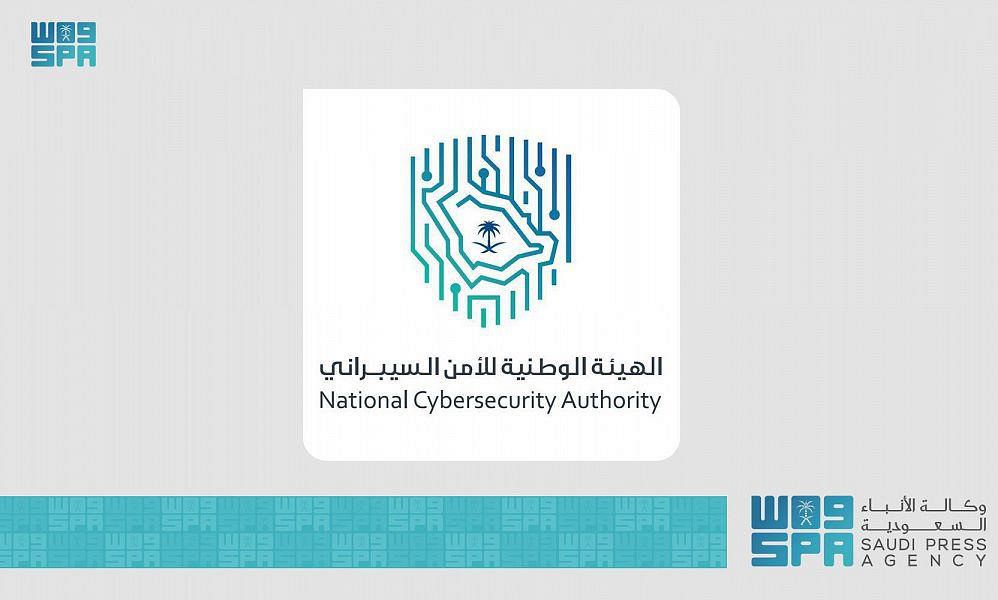
Water is life, yet access to clean water remains a luxury for many people. According to UNICEF, a staggering 2.2 billion people worldwide still lack access to safely managed drinking water, while 3.6 billion — nearly half of the global population — do not have proper sanitation. The grim statistics do not end there; more than 1,000 children under the age of five die each day from diseases linked to unsafe water and poor hygiene. These numbers reflect a global crisis that is hiding in plain sight.
Another UNICEF study predicts that an additional 35 million children will be exposed to high or very high levels of water stress by 2050, with the Middle East, North Africa, and South Asia facing the most significant problems. About 347 million children under the age of 18 are already exposed to a high or extremely high degree of water scarcity in South Asia, the highest number in any region worldwide. Every country in the Middle East and North Africa region will have extremely high water stress levels by 2050. In other words, water stress is an immense challenge shared by the Middle East and Asia. Tackling it will require innovative solutions, policy reforms, and regional cooperation.
The solutions implemented in the Middle East so far include investment in water efficient technologies, including desalination. However, widespread adoption of this requires the employment of cost effective and environment-friendly methods to avoid causing harm to marine ecosystems. Advances in this field are complemented by the improved treatment and reuse of wastewater, which can provide a sustainable source of water for non-drinking purposes, including agriculture and industry.
The wider objective here is the enforcement of water management regulations, such as limits on the extraction of groundwater, pollution controls, and equitable water distribution. Governments have already implemented several such measures but much more needs to be done to raise public awareness. Education and initiatives to improve awareness of water conservation are crucial in efforts to foster a culture of responsible water use. The more arid the land, the greater the need to implement stricter measures.
This is where regional cooperation becomes critical. Many countries in the Middle East and Asia have shared water resources, and so collaborative projects on conservation, technology sharing, and disaster management can help enhance resilience to water stress.
As climate change continues to create erratic weather patterns in Asia, the region faces severe threats from glacial melting and rising sea levels.
Ehtesham Shahid
Dams, reservoirs and other water storage facilities must be built and properly maintained to help tackle the increased fluctuations in water availability resulting from climate change. Both regions are vulnerable to floods and droughts, so early warning systems, climate resilient planning, and adaptation strategies are crucial to help minimize the damage.
A rethinking of water pricing and subsidies is also needed, because appropriate tariffs can discourage waste, especially in industry and agriculture. This must be balanced by efforts to ensure that essential domestic water needs are affordable.
Governments have, for example, offered subsidies or other incentives to individuals, businesses, and farmers who adopt water saving technologies and practices. By combining technological innovations, better governance, sustainable agricultural practices, and regional cooperation, these water stressed regions can make meaningful progress in mitigating the challenges.
Compared with the Middle East, Asia — in particular South and Central Asia — has a more diverse water profile. The continent contains major river systems that provide abundant freshwater resources. However, mismanagement, pollution, and seasonal fluctuations caused by floods and droughts undermine availability.
Though populations are growing in the Middle East, fewer people live there than in Asia. Yet the water stress there is compounded by rapid urbanization, the movement of refugees, and economic growth, leading to heightened demand in already water scarce countries. Additionally, water sharing agreements between upstream and downstream nations are frequently contentious, an issue that is further complicated by geopolitical tensions.
Some of the challenges, especially those related to populations and industrialization, have unique aspects in each region. Asia has the world’s highest population density, which places enormous pressure on its water resources. Countries such as India and China face the arduous task of balancing the water needs of large populations with industrial demands and agricultural requirements, leading to uneven distribution and intense water stress in some places.
In many Middle Eastern countries, agriculture contributes less to the economy than it does in Asia. However, in places where agriculture is a significant sector it is highly water intensive, particularly in countries such as Egypt and Iraq that rely on the Nile and Tigris-Euphrates rivers. The agricultural sector consumes most of Asia’s water supplies. Water intensive rice farming, especially in South and Southeast Asia, places tremendous pressure on resources, resulting in the depletion of aquifers, and conflicts over water supplies for irrigation.
Meanwhile, rapid industrialization and urbanization in Asia have caused severe pollution of rivers, lakes and groundwater. In the Middle East, the primary challenge remains quantity, as there is simply not enough freshwater. Desalination technology and water imports can mitigate this but they are costly solutions and not environmentally sustainable.
As climate change continues to create erratic weather patterns in Asia, the region faces severe threats from glacial melting and rising sea levels. The Middle East, in contrast, is grappling with soaring temperatures and declining rainfall, resulting in desertification and soil salinization that reduces agricultural productivity.
While the primary challenge in the Middle East is extreme water scarcity, Asia struggles with effective management of abundant but unevenly distributed water resources, a problem compounded by pollution and population pressures. Both regions are on the front lines of climate change but their water management solutions must be tailored to their unique circumstances.
Ehtesham Shahid is an editor and researcher based in the UAE. X: @e2sham












